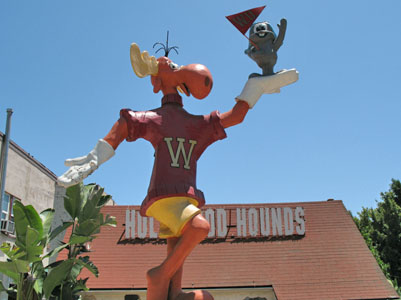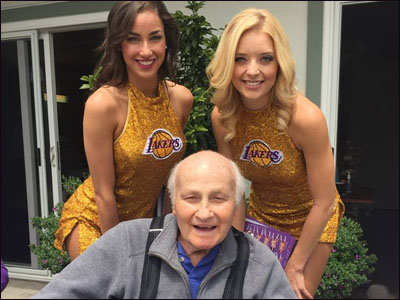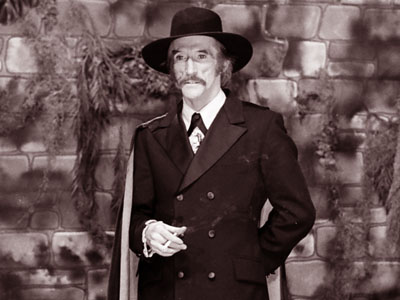Scott Marinoff wrote me with this question…
I enjoy the Carson Tonight Show reruns on AntennaTV and after watching dozens of them, I have a question about the seat to Johnny's immediate right, where the current guest is seated when he/she comes out.
Over the years, while the style and upholstery of the seat have been updated, something that all of the seats seem to have in common is a noticeable lack of "give." That is, the cushions don't appear to be anything like something found in most homes. It's as if they're made of wood, with a little padding perhaps, and covered with whatever fabric that is current at the time. I'd guess that this is for appearance's sake, but maybe also to help the guest be slightly uncomfortable and more alert (for lack of a better term) during his/her segment(s).
You've mentioned that you used to visit the set while a taping was in progress and maybe a time or two, when the show wasn't in production. Most sets are usually covered by sheets or tarps when not in use, but on a visit to the Carson set, were you ever able to sit in the "hot seat?"
Neither this question nor your response will be news breaking, but this is something I've wondered about.
Yes, I sat in the chair next to Johnny's twice — about five years apart and it was a different chair the second time. Mr. Carson, of course, was not on the premises either time.
Once was when a comedian friend of mine, Jeff Altman, and I snuck into Johnny's stage one morning before any of the crew had arrived. Jeff was doing his famous Johnny Carson imitation throughout. He stood on the star from which Johnny delivered his monologues and delivered a somewhat scatological one. Then we slid the tarp off the desk, all the time fearing we'd be caught and summarily banned from show business forever. Jeff sat behind it, I took the guest chair and he interviewed me about writing comic books.
We did this until the musical guest for that afternoon's taping wandered in, apparently an hour or so early for rehearsals. It was Barbi Benton and as I recall, she didn't act like anything was odd. Maybe she thought Jeff was Johnny's stand-in and I was the rehearsal guest or something…although, come to think of it, the episode she was there for was to be guest-hosted by Richard Dawson.
Anyway, that was one time I sat in The Chair. The second time was earlier on the day when Rod Hull made the appearance with Johnny that I linked to in this recent post. Rod and I were on the set a few hours before tape rolled. He was studying the set-up, deciding how he'd make the moves he needed to make in his act.
I recall the chair both times was firm and placed on marks that, I assumed, put it at the proper angle for the cameras that would be trained on the guest. It was angled lightly towards Johnny so the guest didn't have to turn too far to address him. They wanted a three-quarter view of the guest not a profile. The back encouraged you to sit up straight and not sink back in it. And there was a strange little motorized footstool which Johnny, at the touch of a button, could cause to emerge for guests whose feet wouldn't have otherwise touched the ground.
I probably should recall some sensation of how sitting in that chair made me feel like all eyes across America were trained on me and how I broke out in flop-sweat and was unable to speak…but I felt no such thing. I was just sitting in a not-terribly-comfy chair, glad I was under no pressure to be glib.





